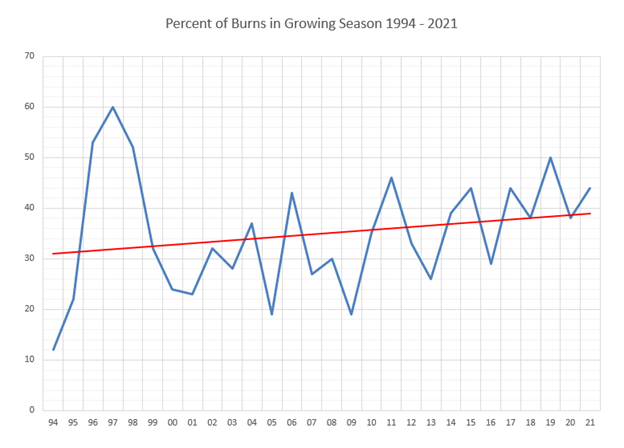Natural Resources Research & Management
Natural Resources Research & Management
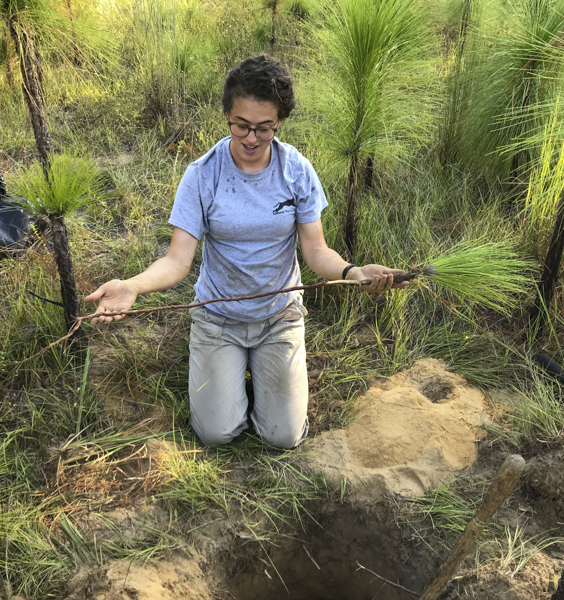
My work asks the question, how do changes in the abundance of predators affect the abundance and presence of dung beetle communities?
Dung beetle communities in longleaf pine forests offer a glimpse of the incredible biodiversity within the system. Not only do some of them exhibit stunningly magnificent coloration, but they also play important roles in nutrient cycling, suppression of human and livestock pathogens, seed dispersal, and soil aeration. We know that species of dung beetle found in longleaf pine woodlands differ from those found in surrounding agricultural areas, but we do not understand how they respond to the removal of mammalian meso-predators. In 2019, as part of my MS degree, I started a project examining how dung beetle communities differ between our meso-predator exclusion plots (which are surrounded by electrical fences to keep out coyotes, foxes, and bobcats) and controls. I also tested the attractiveness of different types of dung (bobcat, coyote, and deer) to these beetles. We found a very clear pattern early on – more dung beetles in general are attracted to bobcat and coyote dung compared to deer. Further, we found that some species were almost exclusively found in controls or exclosures and some were found equally distributed. We also trapped every month for two years to give a better idea of when certain species are most active. Be on the lookout for more results from this project!
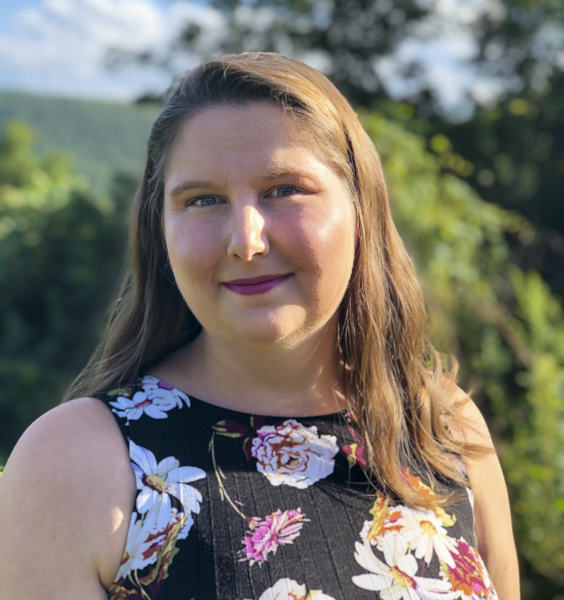
In the aftermath of Hurricane Michael, our Landscape Ecology Lab is working to understand how windstorms disturb our forests in the southeastern United States. An expected increase in hurricane severity in the coming decades may pose threats to the region’s primary timber species. I am working on a mechanical winching study in which we are toppling 120 longleaf and slash pine trees to measure wind-firmness under varying levels of soil moisture. By manipulating soil moisture levels using experimental wetting methods, I hope to develop an understanding of the susceptibilities of two pine species, and how they vary with soil conditions. This information will help landowners and forest managers understand and estimate the risk of wind under differing levels of wind and rain. My early results suggest that longleaf pine is more windfirm than slash pine. I am also observing, contrary to expectations, that larger trees with wetter soils demonstrate more wind-firmness. Please visit our Lab’s website for more information.
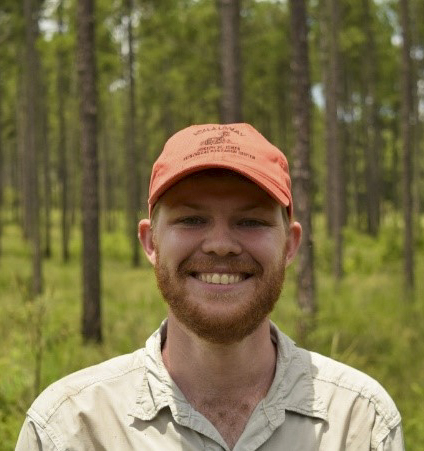
Geographically isolated wetlands are ecologically important features within longleaf pine ecosystems of the southeastern United States. Surrounded by uplands, these wetlands lack surface water connections but are connected hydrologically, biogeochemically, and biologically to surrounding waterways and uplands. Unfortunately, these wetlands have little protection and are threatened by pollution from runoff, filling from development, and fire suppression. In the Coastal Plain of southwestern Georgia, there are three main types of isolated wetlands: grass-sedge marshes, cypress savannas, and cypress-gum swamps. Each type varies in hydroperiod, biogeochemical processes, and biological communities. Within types, studies have shown differences among invertebrate and amphibian communities; however, few studies have focused on how bird and mammal communities use the wetlands.
My project objectives are to determine how wetland characteristics such as time and duration of flooding, size of wetland, and distance to other water sources influence bird and mammal use. Additionally, I want to determine if mammal survival is affected by wetland water levels, wetland type, and duration of flooding. To determine bird and larger mammal use, I am using cameras to survey wetlands and surrounding uplands. Additionally, I am live trapping small mammals to determine survival rates and where they occur within wetlands and how that changes due to wetland characteristics. I am monitoring bird use by recording bird songs with acoustic recorders in the wetlands during the spring to determine community composition. Our results will strengthen our understanding of the importance of geographically isolated wetlands within longleaf pine forests and help in developing conservation strategies for wetlands and wetland adapted species.
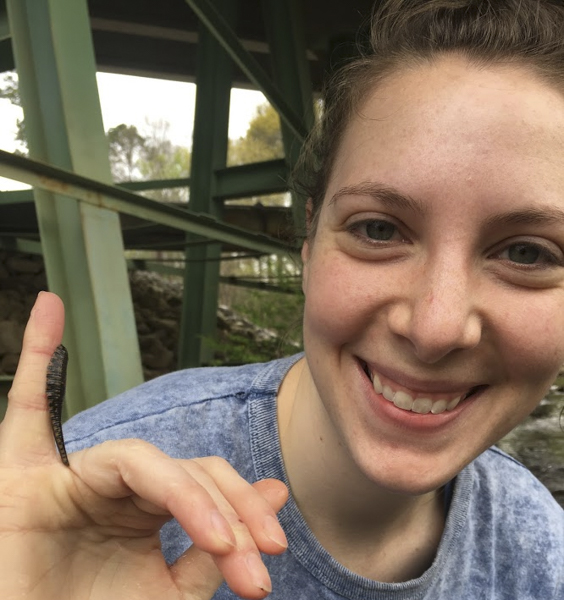
In early June, the Georgia Prescribed Fire Council (GPFC) held its 3rd annual north Georgia meeting virtually. Jones Center and Georgia Wildlife Federation staff led the collaborative efforts of the GPFC’s leadership team to organize the virtual event. The 6-hour program was hosted by the Jones Center, and approximately 300 people tuned in to participate in the event.
The North Georgia venue has been beneficial to GPFC’s efforts to expand its advocacy and outreach in the most populated areas of the state. The organization is able to develop a program that specifically addresses critical issues for prescribed fire practitioners and advocates with a special emphasis on north Georgia and its unique terrain, forest types, and demographics. This year’s meeting began with a welcome from Governor Brian Kemp, who gave recognition and appreciation to the GPFC and the Georgia Forestry Commission for being a national leader in prescribed fire implementation. Other highlights covered a wide range of topics including use of drones, use of fire in managing oak forests, shortleaf pine restoration, fire history of north Georgia, smoke management tools, community fire protection, and bobwhite quail management above the Fall Line.
The GPFC is now focused on efforts to organize and host its 19th annual statewide meeting. This virtual event will be held on September 30th. Visit www.garxfire.com for more information.
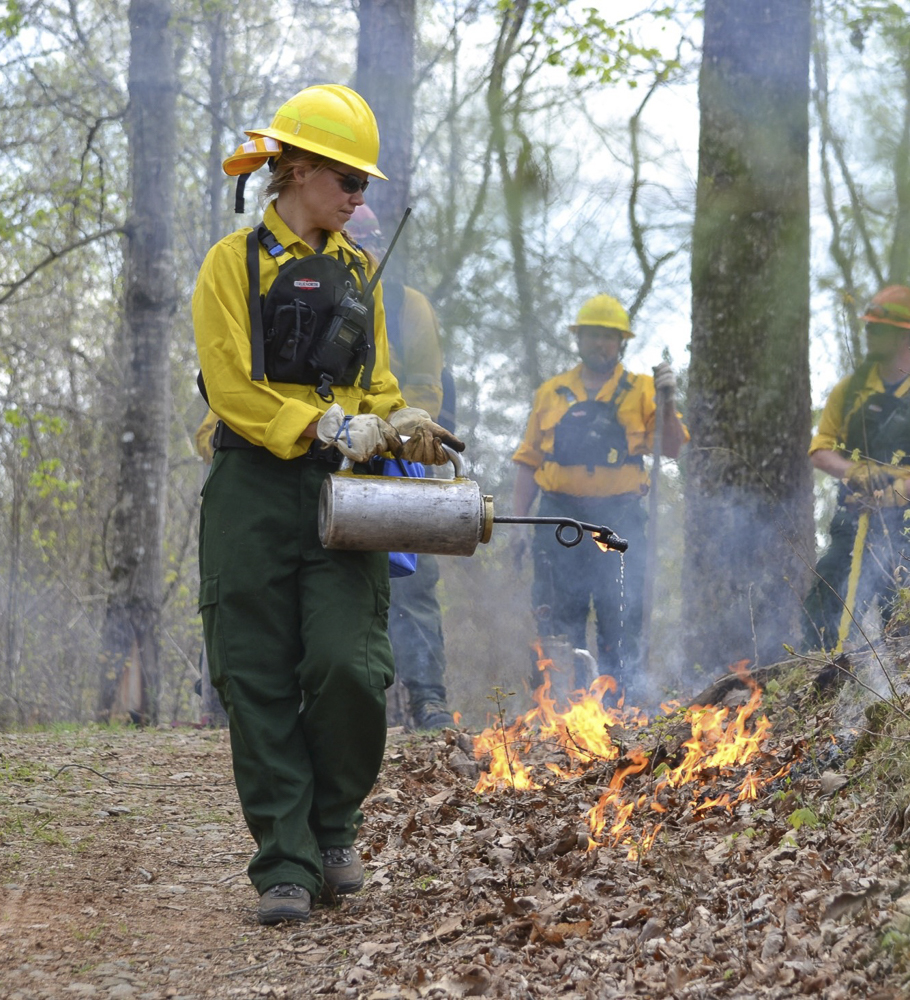
In 2018, we released “Ecological Restoration and Management of Longleaf Pine Forests,” a 427-page hardcover volume that synthesized much of the Center’s work on longleaf pine ecosystems since our research program began in 1993. The publisher, CRC Press, has recently released a paperback version of the book. We are really pleased that the book is now more affordable, thus making it accessible to a wider audience. For more information, please visit the CRC website.
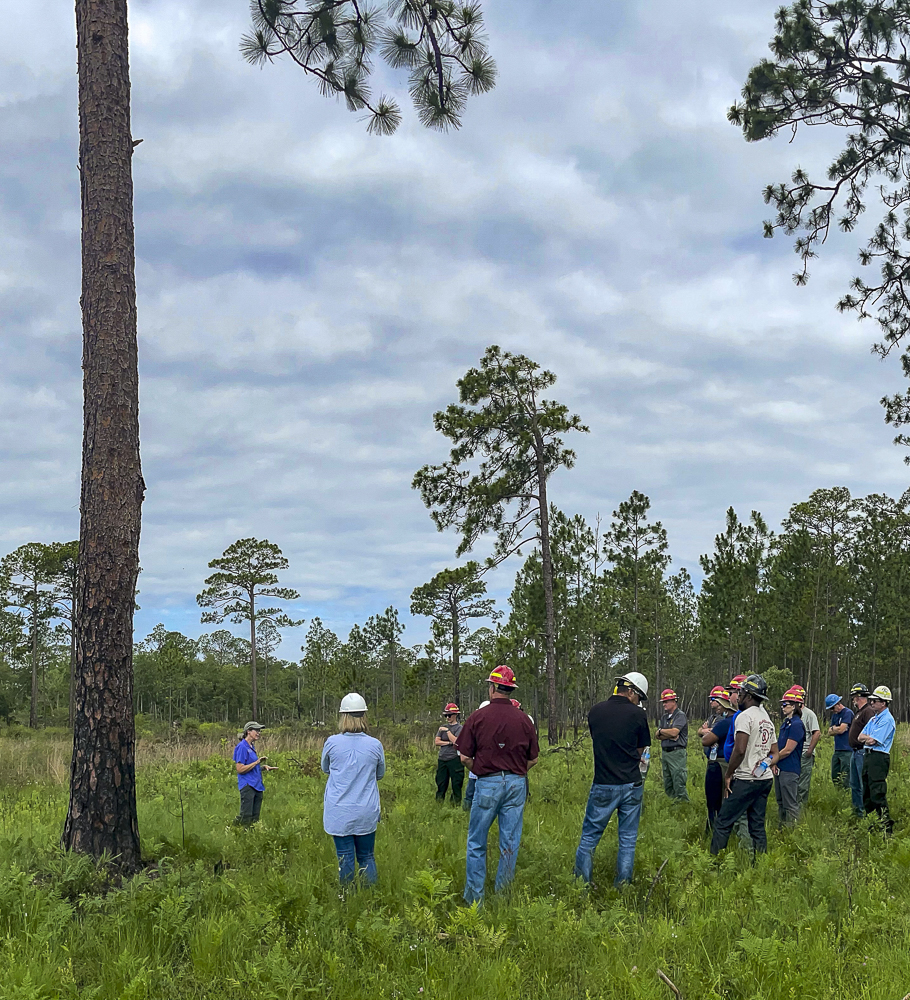
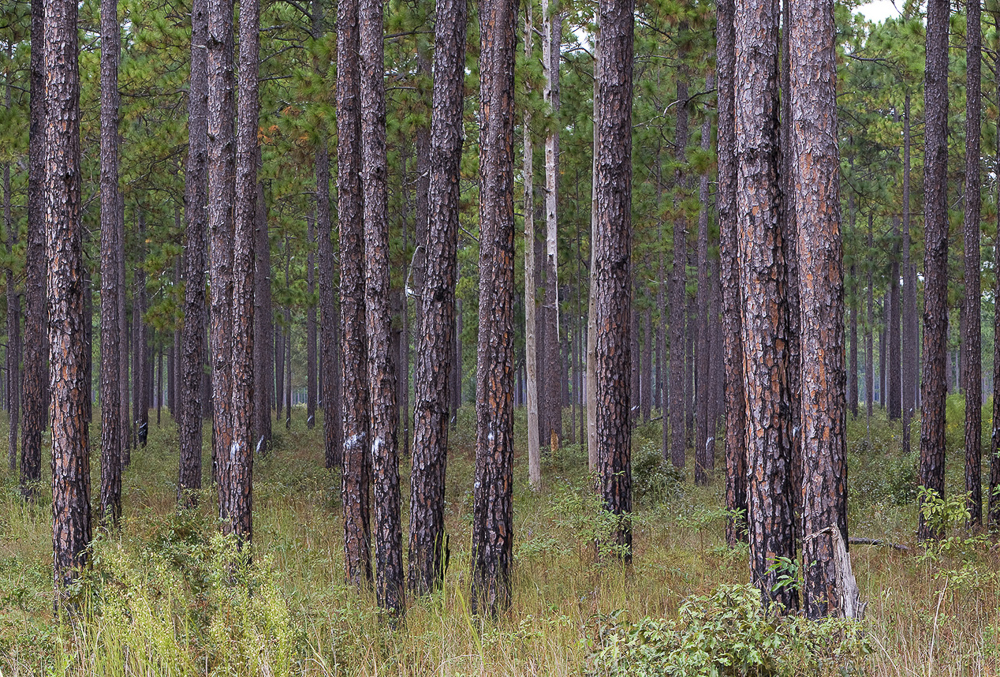
Congratulations to Austin Hargrove and Miranda Wilkinson who are both finishing their terms as the Jones Center at Ichauway’s first Conservation Fellows. Austin recently moved to Kentucky and is working for the United States Department of Defense on Fort Knox as a Wildlife Technician. He will graduate from the University of Florida at the end of 2021. Miranda will be working as a Wildlife Biologist II with the South Carolina Department of Natural Resources and will graduate from UF with her Master’s degree on August 6th. We are proud of Austin and Miranda and excited to see them pursue successful careers in natural resource conservation and management. We are also excited to welcome Ty Paul, from Alabama A&M, in mid-August as our next Ichauway Conservation Fellow.
